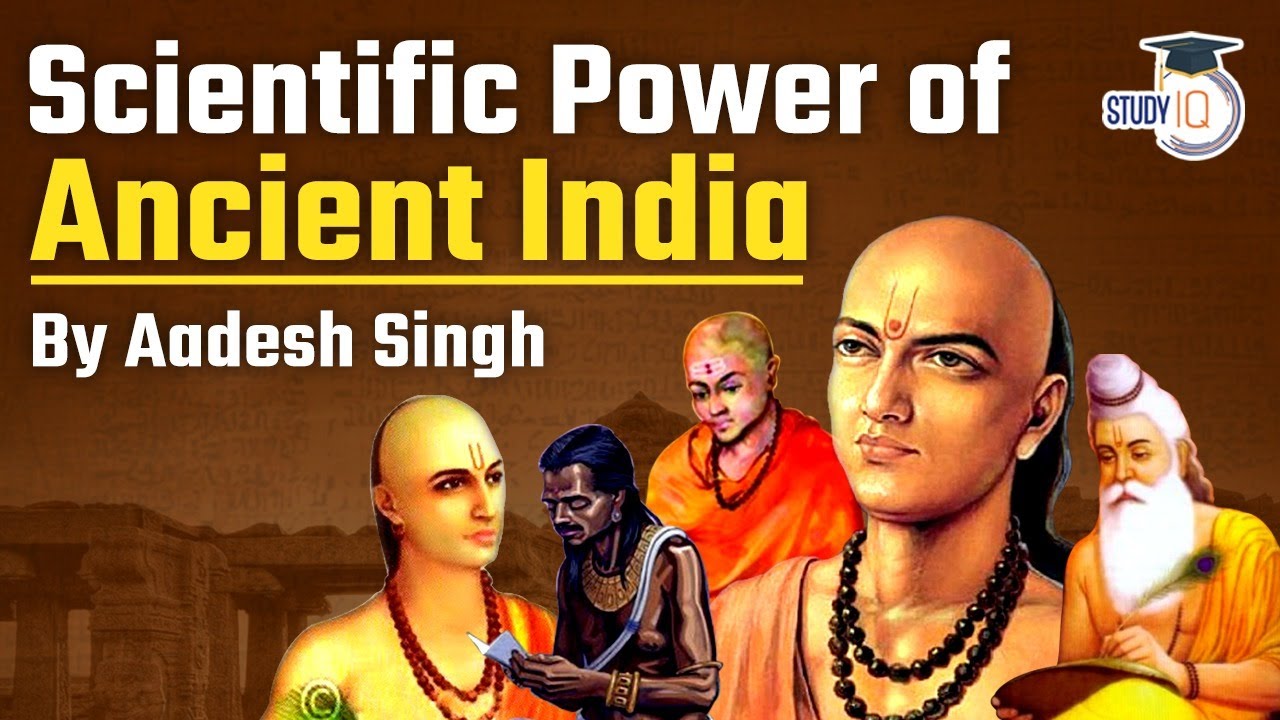IKS_CH06_C06
Summary
TLDRThis video explores the ancient Indian system of measurement for time, length, and weight, highlighting their significance in trade, science, and astronomy. It delves into the Srimad-Bhagavatam, which provides a detailed timeline from nanoseconds to billions of human years. The concept of 'paramanu' is introduced as the smallest unit of measurement for time, length, and weight, with calculations based on scriptural references. The video also discusses the practical applications of these measurements in ancient texts like Arthashastra and Ayurveda, and the use of balances from the Harappan period. It concludes by setting the stage for the next video, which will reveal the ancient Indian understanding of the binary system.
Takeaways
- 📏 Ancient Indians had a robust system for representing large numbers and unique numerical expressions.
- 📐 Units of measurement for time, length, and weight were essential for trade, science, and discoveries in ancient India.
- ⏳ The Srimad-Bhagavata Mahapurana describes a detailed time measurement system, from 10^-5 seconds to 432 billion human years.
- 🔬 The term 'paramanu' in ancient texts represents the smallest unit of measurement for time, length, and weight, but it is not directly equivalent to modern subatomic particles.
- 💡 Light passing through a paramanu determines the smallest unit of time, approximately 1.31 x 10^-5 seconds.
- 📏 Ancient Indian length measurements start from the paramanu, with progressive units increasing by powers of seven, leading up to larger measures like the yojana, equivalent to 14.484 kilometers.
- ⏱️ The Bhagavata Purana describes a unique experiment to define the unit 'nadika' by using a copper vessel with a small hole made by a specific golden needle.
- 🕰️ The ancient Indian system linked smaller time units up to large scales, like a kalpa, with 1 kalpa equating to thousands of celestial years.
- ⚖️ Historical evidence, such as from the Harappan period and Arthashastra, shows the use of calibrated balances and systematic weight measurements.
- 🧪 Ayurveda required precise weight measurements for accurate ingredient mixing, highlighting the importance of a well-defined weight system in ancient Indian practices.
Q & A
What are the three main types of units of measurement discussed in the video?
-The three main types of units of measurement discussed are time, length, and weight. These were essential for trade, science, and other practical purposes in ancient India.
What is a 'paramanu' and how is it defined in the context of time, length, and weight?
-A 'paramanu' refers to the smallest measure in the Indian system. It represents the smallest unit of time, length, and weight. For time, it is the time taken by light to pass through a paramanu, calculated as 1.31 x 10^-5 seconds. For length, it is 2.88 x 10^-7 millimeters, and for weight, it is 5.79 x 10^-5 grams.
How were larger units of length derived from the paramanu?
-Larger units of length were derived by multiplying paramanus. For example, seven paramanus made a 'Renu,' seven renus made a 'Truti,' and so on, using powers of seven to move from one unit to the next.
What is the length of one 'yojana' in modern terms?
-One yojana is equivalent to 14.484 kilometers, as calculated from ancient Indian measurements.
How did the Srimad Bhagavatam Mahapurana describe the concept of time?
-The Srimad Bhagavatam Mahapurana provided a detailed description of time, spanning from 10^-5 seconds (paramanu) to 432 billion human years. This is elaborately described in Chapter 11 of Book 3.
What is a 'nadika' and how was it measured?
-A 'nadika' was a unit of time measured using a copper vessel with a hole pierced by a golden needle of specific weight and length. Water would fill the vessel until it submerged, and the elapsed time was recorded as one nadika.
How was the diameter of the hole in the copper vessel calculated for the nadika experiment?
-The diameter of the hole was calculated using the weight, length, and specific gravity of the golden needle used to pierce the hole. This allowed for precise measurements in the nadika experiment.
What were some historical examples of weight and balance systems in ancient India?
-Balances were in use as early as the Harappan period. The Arthashastra provides detailed descriptions of weight systems, balances, and calibration methods, including 16 types of balances for different materials.
What significance did Ayurveda have in the development of weight measurements?
-In Ayurveda, precise measurements of weights were essential for mixing the correct quantities of ingredients, often involving metallic substances. Thus, a well-defined weight system was crucial for the practice.
How did the ancient Indian system calculate celestial and human lifespans?
-The system calculated celestial lifespans by equating 360 human years to one celestial year. It stated that 12,000 celestial years make a Mahayuga (4.32 million years), and 1,000 Mahayugas make a Kalpa (one day of Brahma).
Outlines

Этот раздел доступен только подписчикам платных тарифов. Пожалуйста, перейдите на платный тариф для доступа.
Перейти на платный тарифMindmap

Этот раздел доступен только подписчикам платных тарифов. Пожалуйста, перейдите на платный тариф для доступа.
Перейти на платный тарифKeywords

Этот раздел доступен только подписчикам платных тарифов. Пожалуйста, перейдите на платный тариф для доступа.
Перейти на платный тарифHighlights

Этот раздел доступен только подписчикам платных тарифов. Пожалуйста, перейдите на платный тариф для доступа.
Перейти на платный тарифTranscripts

Этот раздел доступен только подписчикам платных тарифов. Пожалуйста, перейдите на платный тариф для доступа.
Перейти на платный тарифПосмотреть больше похожих видео

IKS Lecture Ancient Mathematics 1

HISTORIA DE LA medición

A evolução do número 1 e suas representações

Units Of Measurement | Why Measurements Matter? | The Dr Binocs Show | Peekaboo Kidz

Ancient India's Scientific Achievements & Contribution in Mathematics, Astronomy, Science & Medicine

En su justa medida: Sistema Internacional de Unidades (capítulo completo) - Canal Encuentro
5.0 / 5 (0 votes)
